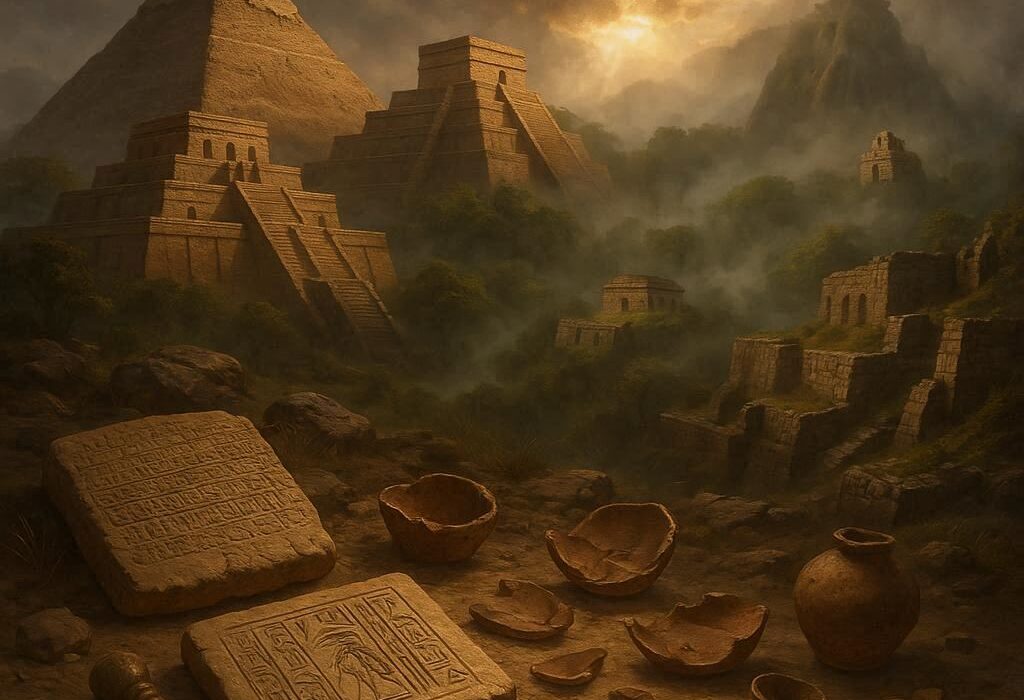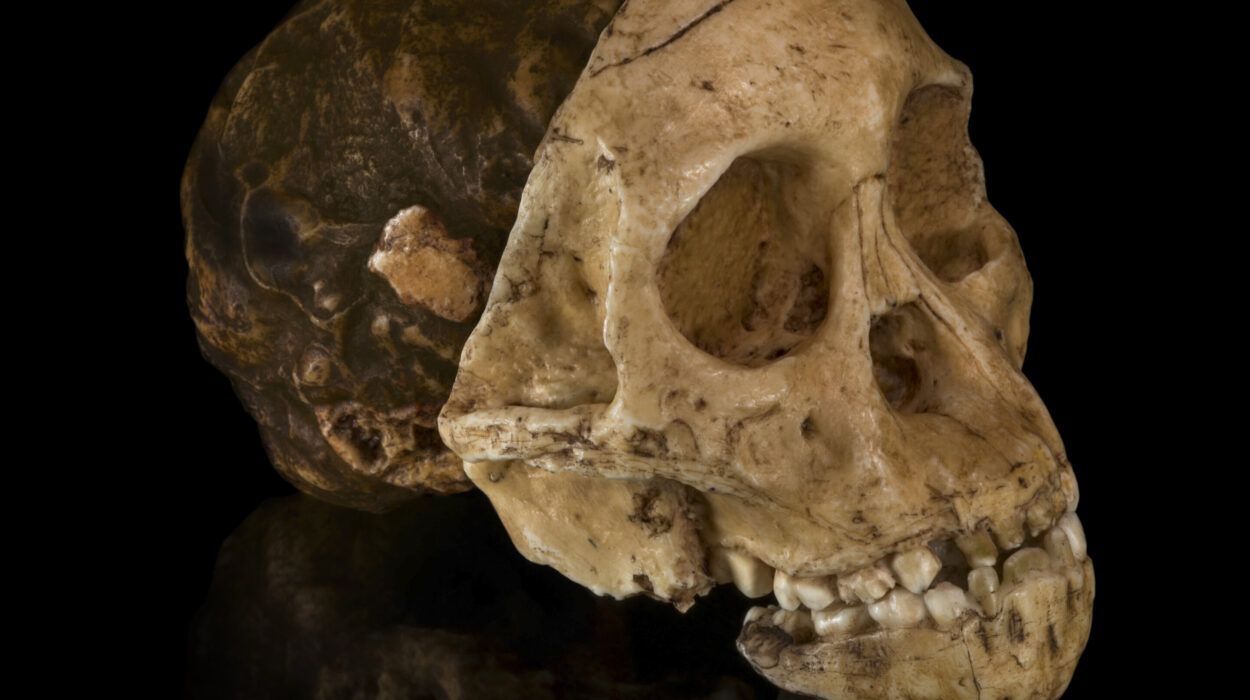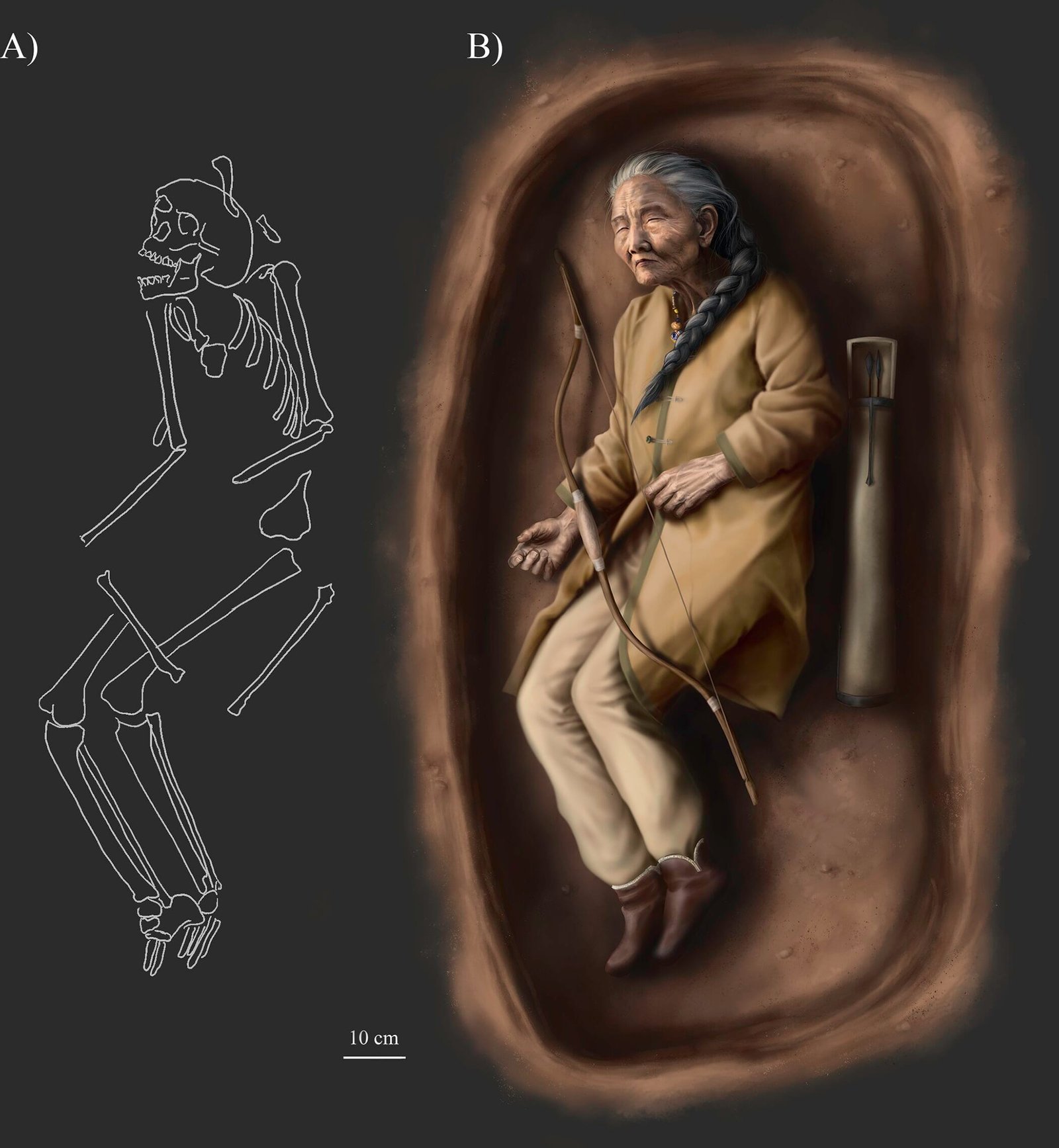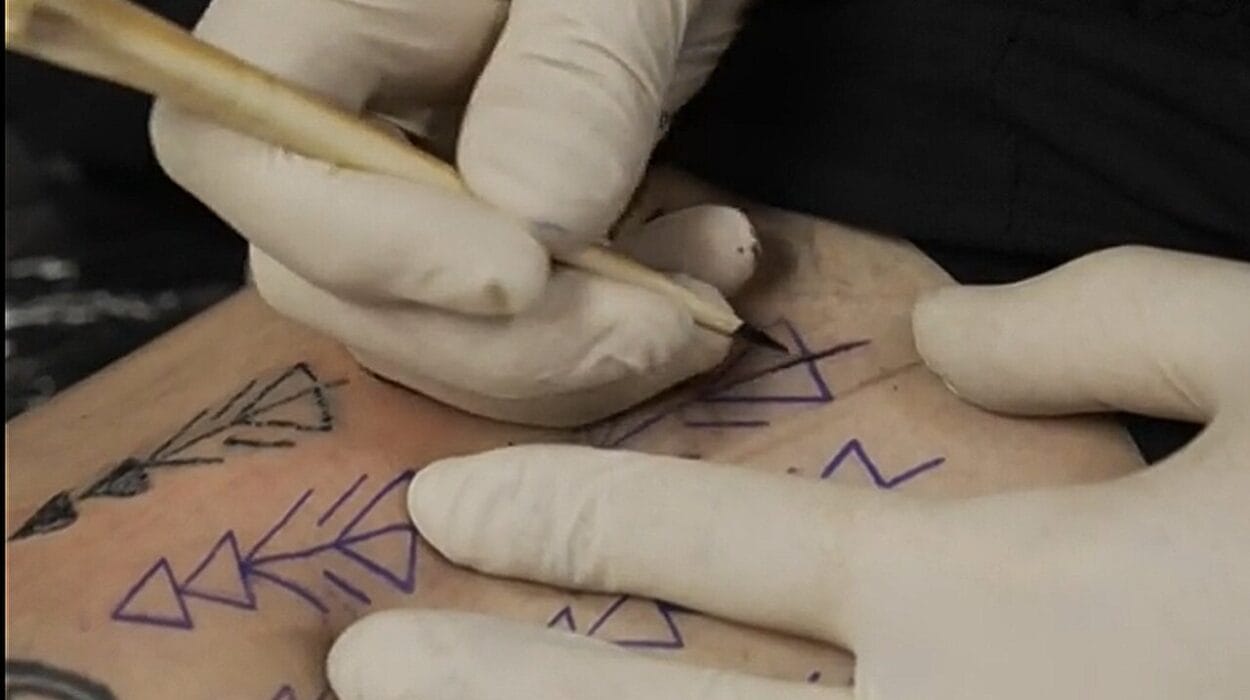Beneath the rolling hills of County Meath, Ireland, lies a monument older than Stonehenge, older even than the pyramids of Egypt. Newgrange—a vast, circular stone mound constructed by a Neolithic farming society over 5,000 years ago—has long captivated archaeologists and dreamers alike. With its mysterious alignment to the winter solstice sunrise and its chambered tombs echoing with prehistory, it has been imagined as a sacred burial ground for Ireland’s earliest royalty, a stage for ancient rulers cloaked in power and mystery.
But new research is now unraveling that story, and what’s emerging is something even more remarkable: a society that may have valued equality over elitism, and community over hierarchy.
The Controversial Skull That Sparked Royal Speculation
In 2020, a single bone fragment changed everything. A genetic study of a skull fragment—labeled NG10—found in the central burial chamber of Newgrange revealed something startling: the individual had been born of close incest, likely the child of siblings or a parent and child. In ancient history, such unions are rare—and when they appear, they tend to signify divine kingship or elite lineage, as in the case of Egyptian pharaohs.
Given the monument’s prominence and the location of the burial, the discovery led some to speculate that Newgrange had once been the seat of a powerful elite—a ruling class whose authority was steeped in sacred taboo.
But now, a broader investigation led by researchers from the University of York and University College Dublin has challenged that narrative. Published in the journal Antiquity, their study presents a strikingly different image of Neolithic Ireland—one of a collective, egalitarian community whose social values were more shared than stratified.
Not Kings, But Kin
“We see no signs of the kind of elite society you’d expect if incestuous relationships were sanctioned at the top of a social hierarchy,” said Professor Penny Bickle of the University of York, one of the lead authors on the study. “There’s no evidence of elite housing, no monuments to centralized power, and no signs of wealth disparity in diet or grave goods.”
Instead, the archaeological record paints a portrait of a community that lived in modest, similar dwellings, likely sharing tools, food, and space in a largely equal social fabric. There is little to no evidence of trade systems, artisan specialization, or the kind of hierarchical structure often associated with ruling classes in the ancient world.
While it’s true that not everyone was buried in passage tombs like Newgrange, the team argues that being chosen for burial there likely had more to do with personal or community roles—possibly spiritual, familial, or ceremonial—than noble bloodlines.
Dr. Jessica Smyth, Associate Professor of Archaeology at University College Dublin, added, “Yes, these burials were selective. But selective does not mean elitist. The reasons why someone was buried in a passage tomb may have been complex—based on communal memory, ritual practice, or social networks we don’t fully understand today.”
The Challenge of Interpreting Fragmented Bones
Part of the difficulty in interpreting NG10’s significance is that the bones tell an incomplete story. Unlike modern burial traditions, Neolithic funerary practices in Ireland were fragmented—literally. Bodies were often cremated, broken apart, or even circulated among communities before final burial. In the case of NG10, we only have part of the skull. There is no guarantee that the rest of the body was ever buried with it—or even at Newgrange at all.
The researchers point out that Newgrange was heavily disturbed before its modern excavation began in the 1960s. NG10 may have been moved, intentionally or accidentally, and it remains unclear whether the fragment was even part of the monument’s original burials. Radiocarbon dating places it between 3340 and 3020 BC, but the tomb itself evolved in phases over centuries.
In other words, this one individual’s unusual genetics might not reflect anything systemic, but rather an exception, a historical outlier in an otherwise balanced society.
What the DNA Doesn’t Show
Importantly, when researchers looked at the broader genetic patterns of those buried in Neolithic passage tombs across Ireland, they found only distant familial relationships—people connected like third cousins or great-grandparents—not the kind of tight, centralized family trees that would define dynastic rule.
And crucially, NG10 remains the only known case of incestuous parentage among all the Neolithic remains tested in Ireland to date.
“The incestuous origins of NG10 are a one-off,” Professor Bickle emphasized. “That doesn’t support a widespread cultural acceptance of incest, let alone a royal caste who practiced it.”
What’s more, while Egypt’s elite practiced incest as a visible assertion of divine authority, nothing similar exists in Ireland’s Neolithic archaeological record—no temples, no inscriptions, no palaces.
Reimagining Newgrange
This new research does more than dismantle a theory—it reshapes how we think about ancient power. The massive construction of Newgrange, with its precise engineering and celestial alignment, was once thought to require centralized command. But this study suggests something more democratic: a communal effort, rooted in shared spiritual values and a reverence for ancestry and the cosmos.
“Instead of a society ruled by a few,” said Bickle, “what we see is evidence of a community working together to build something bigger than themselves—monuments that may have honored collective memory, not royal blood.”
That doesn’t mean Neolithic Ireland was utopian or without hierarchy. But it does mean that our assumptions about ancient power need to be re-evaluated. The people who built Newgrange may have organized themselves in ways that don’t mirror later monarchies or modern states—and in doing so, they challenge us to imagine alternative social worlds.
Questions That Still Linger
So who was NG10, really? A priest? A victim? A revered ancestor? Or someone entirely unknown to those who later placed his bones in the tomb?
The mystery remains unsolved. But what is now clearer is that NG10 alone cannot define the meaning of Newgrange, or the people who built it. His unusual genetic origin is one part of a much larger, richer story—one written in stone, soil, and scattered bone.
And that story, according to researchers, is one of a society that may have prized connection over command, and memory over monarchy.
As archaeologists continue to dig, decode, and debate, the past becomes not just clearer, but more beautifully human—messy, mysterious, and deeply collective.
Reference: Smyth, Jessica et al. The ‘King’ of Newgrange? A Critical Analysis of a Neolithic Petrous Fragment from the Passage Tomb Chamber. Antiquity (2025). DOI: 10.15184/aqy.2025.63.






